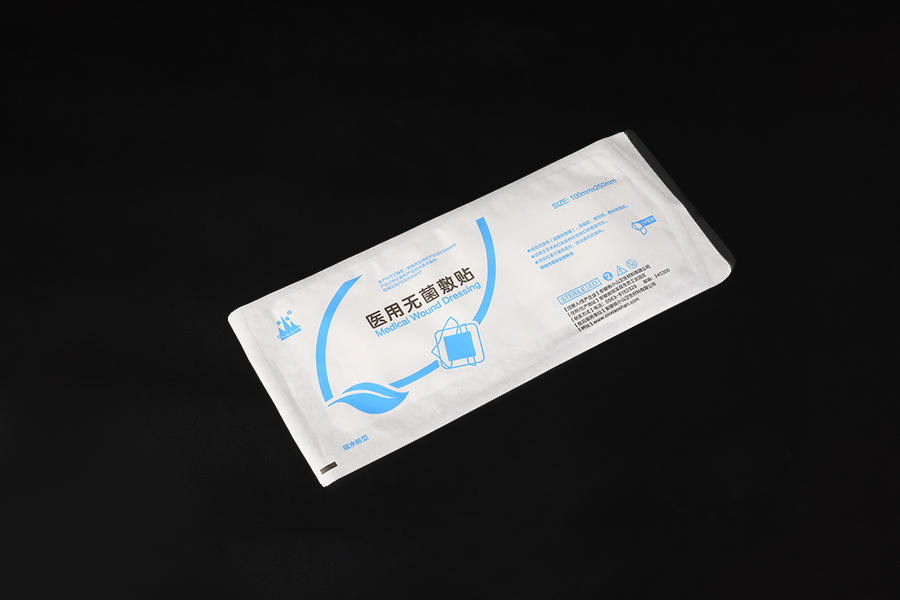The biocompatibility of medical transparent dressings is determined by various factors, including:
Material Composition: The materials used in the dressing must be biocompatible, meaning they do not elicit adverse reactions when in contact with living tissues. Common materials include transparent films made from polyurethane or silicone, which are generally inert and well-tolerated by the skin.
Absence of Toxic Components: The dressing should not contain any toxic substances or additives that could leach into the wound environment and cause harm to surrounding tissues. This includes chemicals such as latex, phthalates, or heavy metals.
Hypoallergenic Properties: Medical transparent dressings should be hypoallergenic to minimize the risk of allergic reactions or contact dermatitis, especially in individuals with sensitive skin or a history of skin allergies. This involves avoiding known allergens and irritants in the dressing formulation.

Sterility: Sterility is crucial for preventing microbial contamination and infection of the wound site. Medical transparent dressings are typically sterilized using methods such as gamma irradiation or ethylene oxide gas to ensure they are free from pathogens and microorganisms.
Moisture Management: The dressing should maintain a moist wound environment conducive to healing while allowing excess moisture to evaporate to prevent maceration of the surrounding skin. This balance helps optimize the wound healing process without promoting bacterial growth or fungal infections.
Gas Exchange: Medical transparent dressings should allow for the exchange of oxygen and moisture vapor between the wound and the environment to support cellular respiration and maintain physiological conditions conducive to tissue repair.
Adhesive Properties: The adhesive used to secure the dressing in place should be gentle on the skin and provide sufficient adhesion without causing trauma or irritation during application or removal. Silicone-based adhesives are often preferred for their gentle yet secure attachment and easy removal without leaving residue.
Conformability and Flexibility: The dressing should conform smoothly to the contours of the body and remain flexible to accommodate movement and changes in the wound site without causing discomfort or restriction.
By considering these factors and ensuring that medical transparent dressings meet stringent biocompatibility standards, healthcare providers can confidently use these dressings in a wide range of clinical settings to promote optimal wound healing outcomes while minimizing the risk of adverse reactions or complications.

 English
English 中文简体
中文简体








